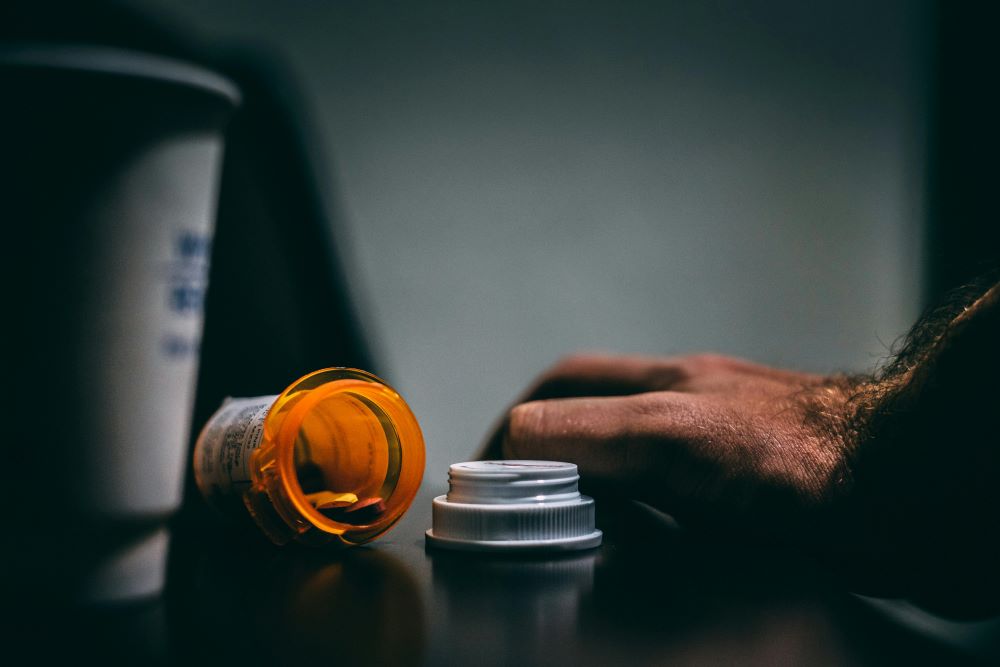Pharmacies in low-income, racially segregated neighbors are less likely to carry the drug compared to those in wealthier, less segregated communities.
A recent study from Oregon State University and Johns Hopkins University found medication-assisted treatment (MAT) for OUD patients continue to face significant hurdles, even after obtaining a prescription for life-saving drugs like buprenorphine. Despite buprenorphine being considered a gold standard treatment for OUD, only about 11% of individuals with opioid use disorder receive medication for their condition, according to the Substance Abuse and Mental Health Services Administration (SAMHSA). The current research highlights that access to these medications remains alarmingly limited, especially in areas that have experienced economic hardship and racial segregation, where pharmacies are less likely to stock or dispense the drug.
One of the study’s key findings was the stark disparity in buprenorphine availability across the United States. Pharmacies in low-income and racially segregated areas were significantly less likely to carry the drug compared to pharmacies in wealthier, less segregated communities. In fact, pharmacies in those counties with the highest levels of racial and economic segregation were twice as likely to limit access to the drug compared to those in more affluent and racially integrated counties.
In Oregon, this issue is particularly pressing due to recent pharmacy closures that have created healthcare deserts in parts of the state. This problem is not exclusive to this state, though, either. Nationwide, federal data reveals that only a small fraction (slightly more than 1 in 10) of people with opioid use disorder receive medication-assisted treatment.

The legal landscape also complicates access to treatment. In Oregon, the possession of small amounts of illicit drugs will become illegal again starting on September 1, marking a shift in the state’s approach to drug policy. However, only 28 out of 36 counties in the state have announced plans to introduce deflection programs. These programs aim to divert drug users away from the criminal justice system and into treatment, yet the lack of standardized guidelines means that access to these programs will vary widely depending on the county. As a result, treatment availability will be inconsistent across the state, with some counties potentially offering far more robust options than others.
Researchers sought to understand the extent of this issue through the use of a “secret shopper” approach, where they posed as OUD patients trying to fill buprenorphine prescriptions at 800 pharmacies across the country. The goal was to assess the availability of buprenorphine in counties with high overdose rates. Their findings were concerning. Roughly 20% of pharmacies either did not carry buprenorphine or outright refused to dispense it, even when presented with a valid prescription. This is likely because they are hesitant to carry buprenorphine due to concerns about the clientele it may attract or fears of regulatory scrutiny. Since buprenorphine is a controlled substance, its distribution is monitored by the Drug Enforcement Administration (DEA), which can deter pharmacies from stocking it due to fears of heightened oversight or complications with compliance.
To combat these challenges, the same research team is now conducting “education interventions” in Safeway-Albertsons pharmacies across Oregon and Washington to encourage pharmacists to prescribe and dispense buprenorphine, as well as Narcan, an opioid overdose reversal drug. By providing pharmacists with the tools and knowledge to better serve OUD patients, these interventions seek to reduce stigma and improve access to essential medications.
Sources:
Access to opioid treatment meds varies by pharmacy, OSU study finds
Only 1 in 5 U.S. adults with opioid use disorder received medications to treat it in 2021


Join the conversation!